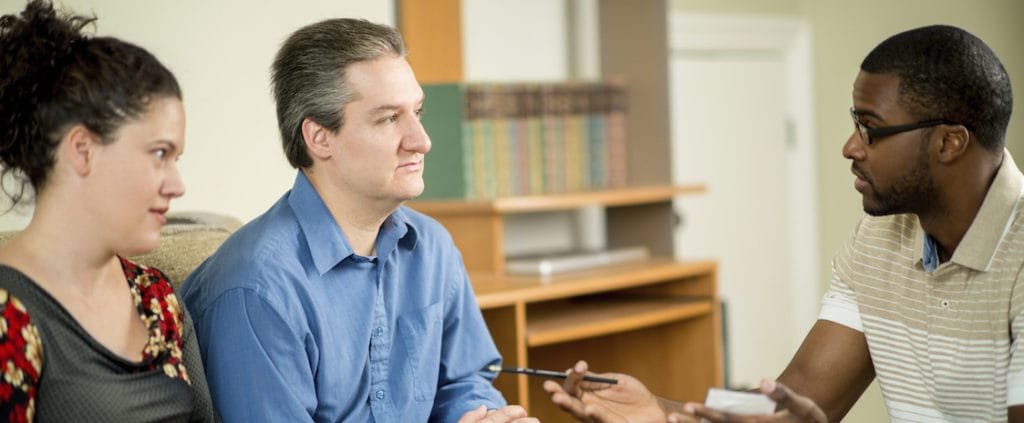Sometimes the best advice we could receive is the advice we’d give others. That’s why the guidance in the 12 Steps of Alcoholics Anonymous and its offshoot support groups could be just as helpful for therapists as it is for their patients. We clinicians are responsible for bringing our best selves to our clients. But because we also bring our histories — which might include addiction and other mental health issues — we must work our own programs before we can offer others help in developing recovery skills.
Clinician, Heal Thyself
Consider these modified tenets of the 12 Steps and the ways you might use them to evaluate and improve your practice:
- We admitted we were powerless over our clients’ thoughts and feelings, or over the choices they make as a result. To keep our lives manageable, we accepted that clients are ultimately the only ones who have the power to maintain their sobriety.
- Regardless of our religious beliefs, we came to accept that a Power beyond ourselves could restore us to sanity. Sometimes that Power could come in the form of what we might call our “wise mind” — an inner voice that can provide context objectively. If we engage in a spiritual practice, we used it for support and sustenance.
- Made a decision to turn our will and our lives over to the care of God as we understood Him. Whether we consider this God an energy or entity, we consulted with Him/Her/It, then relaxed in the understanding that Its support frees us from emotionally lugging our clients and their issues around with us.
- Made a searching and fearless moral inventory of ourselves. We learned to examine our intention with each therapeutic intervention: Are we trying to help our clients find a way through their emotional challenges, or to show off our superior knowledge? Are we trying to make our clients dependent upon us, or free to shape their own destinies?
- Admitted to God, to ourselves, and to another human being the exact nature of our wrongs. If we’d allowed ego to affect our practice, we courageously shared this motivation with the God of our understanding, as well as a supervisor when appropriate. We were willing to set aside our pride in favor of working in partnership with clients to help them determine the most effective treatment for their needs.
- Were entirely ready to have our Higher Power help us remove anything that might limit the treatment we offer. We chose to view ourselves as works in progress, rather than reinforcing a culture of shame with terms such as “defects of character.”
- Humbly asked Him/Her/It to remove our shortcomings. Then we relinquished them. Many times, we cling to things that no longer serve us — even after we’ve ask for the ability to release them. But it’s important for us not to model behavior we wouldn’t want our clients to adopt.
- Made a list of all persons we had harmed and became willing to make amends to them all. Even if we couldn’t see any damage we’d done, we saw the value in honing and polishing our interactions to make ourselves even more effective. Where we’d transgressed — even in our thoughts or judgments about clients — we were open to change.
- Made direct amends to our clients, wherever possible, except when to do so would injure them or other people. These amends might have taken the form of acknowledging our biases and apologizing when necessary. For example, a therapist could say to a client, “When I first met you, I felt angry that you didn’t seem invested in treatment, when I was there for you fully.”
- Continued to take personal inventory, and when we were wrong, promptly admitted it. We might have adopted the practice of making a list of intentions before our therapy sessions, then cataloging our actions afterward and correcting the course when appropriate.
- Sought through prayer and meditation to improve our conscious contact with God as we understood Him/Her/It, praying only for knowledge of His/Her/Its will for us and the power to carry that out. Connecting with the Divine, through whatever form our spiritual practice might take, might help us to face our clients’ needs calmly and gracefully — and perhaps enable us to help them incorporate these skills into their recovery practice.
- Having had a spiritual awakening as the result of these steps, we tried to carry this message to our fellow clinicians, to support them in providing the best care possible for themselves and their clients. Many therapists who habitually place others’ needs before their own risk compassion fatigue and vicarious traumatization, thus leading to burnout and reduced effectiveness on the job.
Just as we work to help our clients become empowered to shape their own well-being, we therapists ought to check in with ourselves regularly to make sure we’re at our best — in our professional and personal lives. It turns out we’ve had a great framework for this self-evaluation in our professional bag of tricks for decades.

